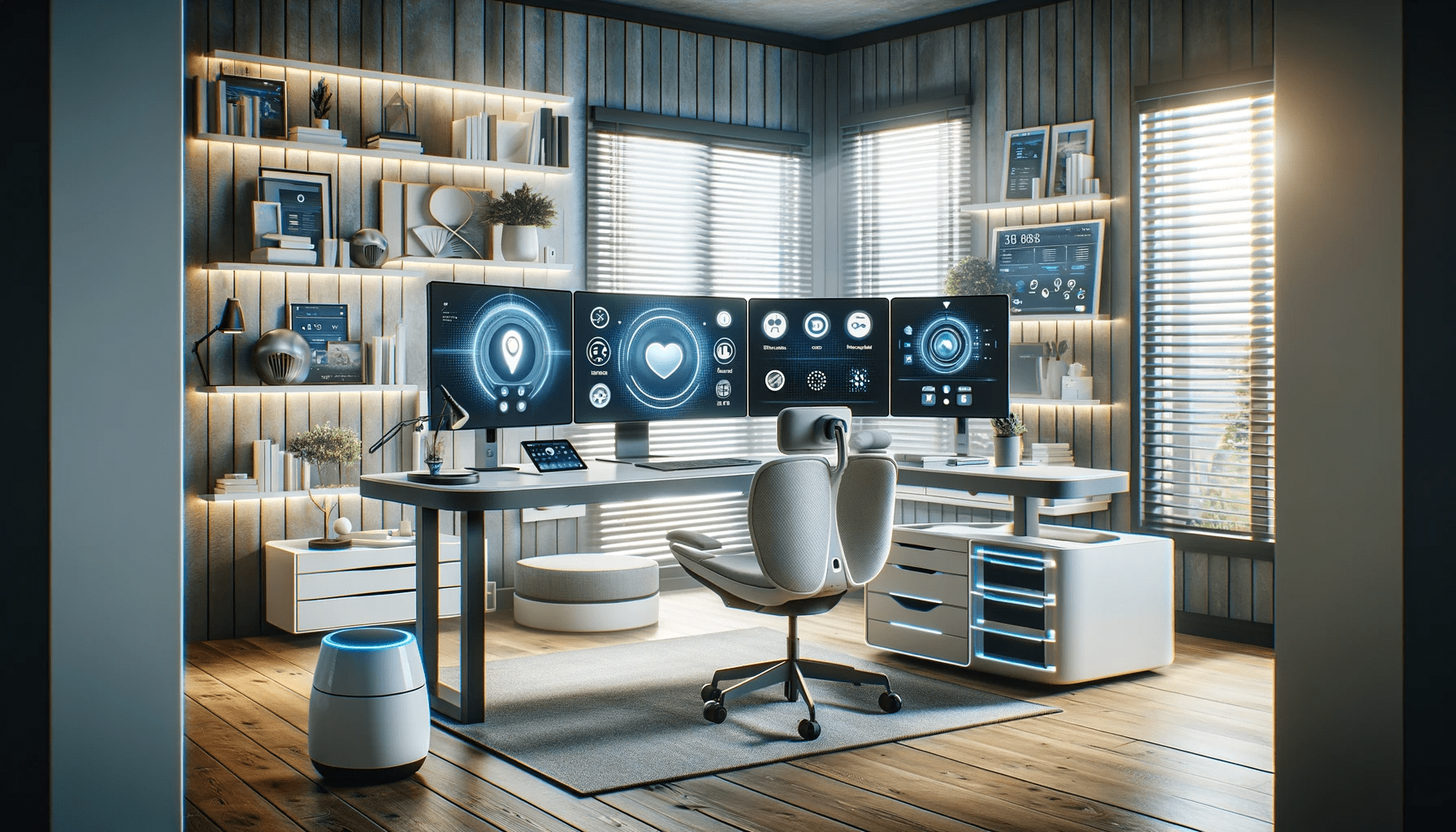The technological landscape continually evolves as companies strive to enhance user experience with innovative designs. Samsung has positioned itself at the forefront of this evolution by introducing a groundbreaking multi-screen technology. As consumers navigate an increasingly digital world, the need for seamless integration between devices has become paramount. Samsung’s latest offering aims to meet this need by providing a harmonized and more immersive user experience through a system of interconnected screens.
The narrative around screen technology has consistently revolved around the push for integration and multitasking capabilities. Over the years, Samsung has been pivotal in advancing screen technology, initially focusing on enhancing picture quality and resolution. However, the company’s strategy shifted to prioritize the functional relationship between multiple devices as user patterns evolved towards a more interconnected form of media consumption. This progression reflected a wider industry trend, where manufacturers seek to create ecosystems rather than standalone devices.
Multi-Screen Synchronization: A New Era
Samsung’s multi-screen technology is not just about having more screens; it’s about creating a unified experience across all devices. This technology allows users to move seamlessly from smartphone to tablet to computer without losing content or context. For instance, watching a video on a phone and then transferring it to a television screen is effortless, ensuring continuity and enhancing convenience.
Enhanced Productivity and Entertainment
The multi-screen approach is particularly advantageous for productivity. It enables users to work on multiple tasks simultaneously, with each screen serving a specific purpose. For entertainment, it offers the possibility to engage in interactive gaming and immersive viewing experiences, leveraging the combined capabilities of various devices to deliver richer content.
Future Implications of Screen Technology
While Samsung is making headlines with its multi-screen technology, it’s just one piece of the larger puzzle. The industry continues to explore the potential of flexible and foldable screens. Articles from “The Verge” and “Engadget” delve into these advancements. “The Verge” discusses Dell’s concept designs for foldable screens intended for future laptops, while “Engadget” looks at LG’s exploration of rollable displays for televisions, hinting at what might be the next step in the evolution of home entertainment.
Useful Information for the Reader
- Multi-screen technology streamlines device interoperability.
- Enhances productivity by enabling simultaneous task execution.
- Advances in flexible and foldable screens could further enrich user experience.
The drive towards more integrative digital solutions reveals the industry’s commitment to addressing the complexities of modern media consumption. Samsung’s multi-screen technology demonstrates a shift towards creating a seamless digital ecosystem that could redefine how users interact with their devices. The implications extend beyond mere convenience, potentially reshaping the norms of productivity, entertainment, and communication within the digital landscape.










